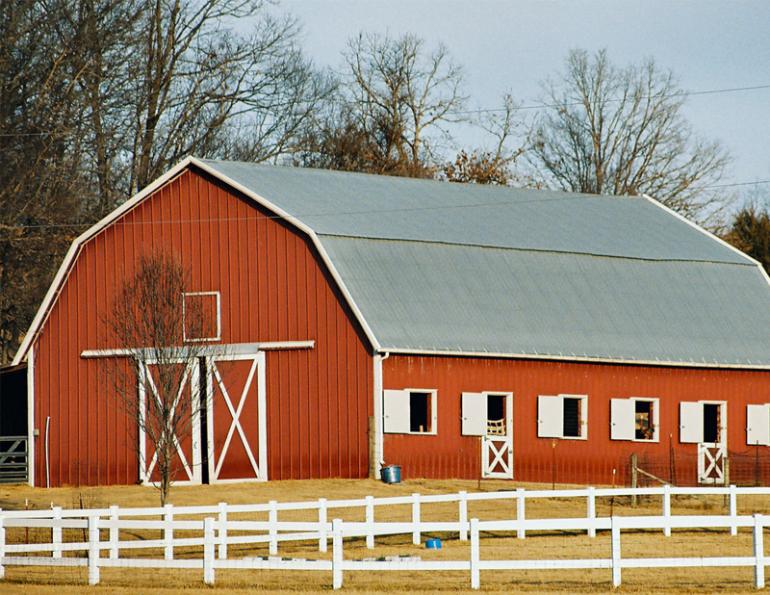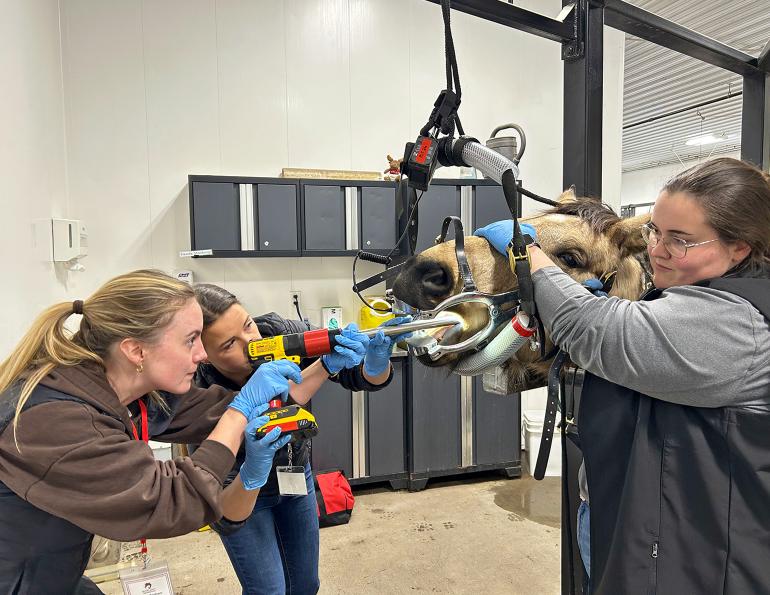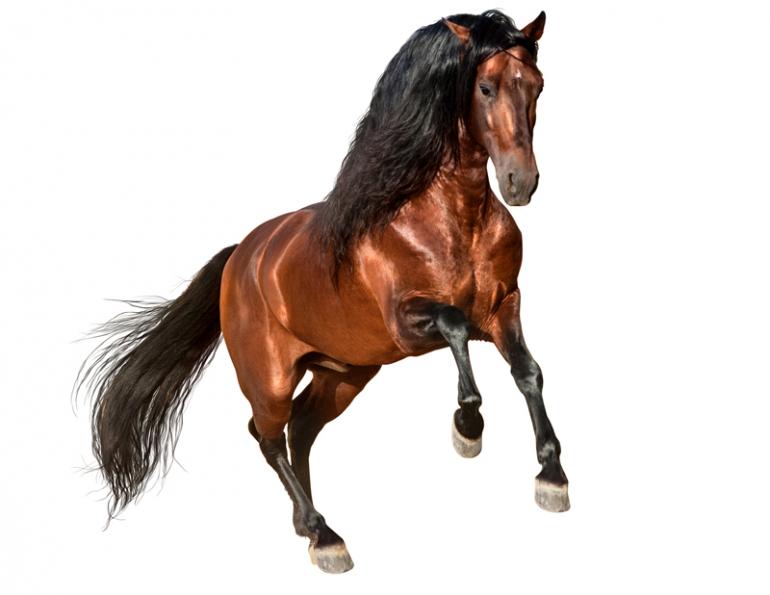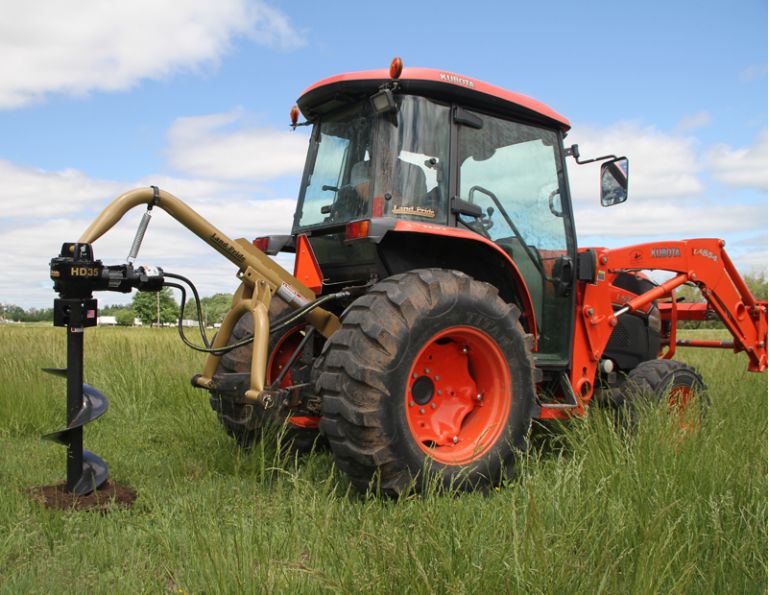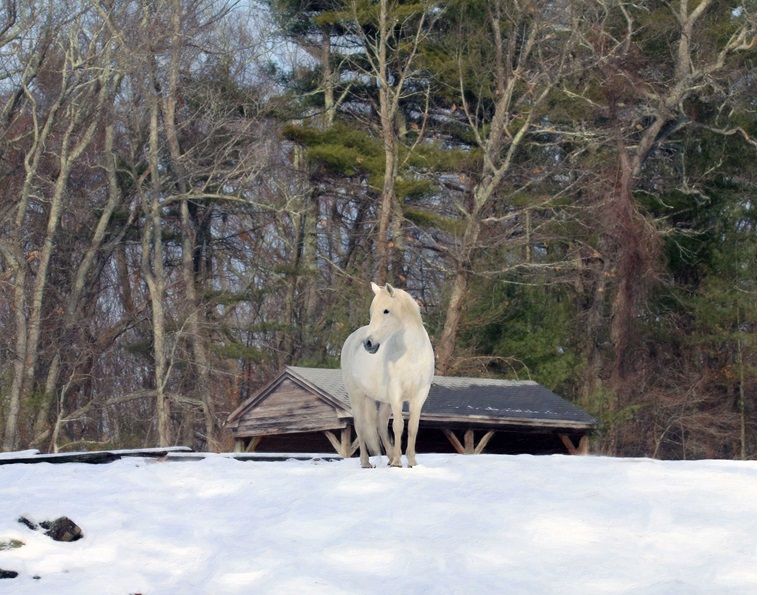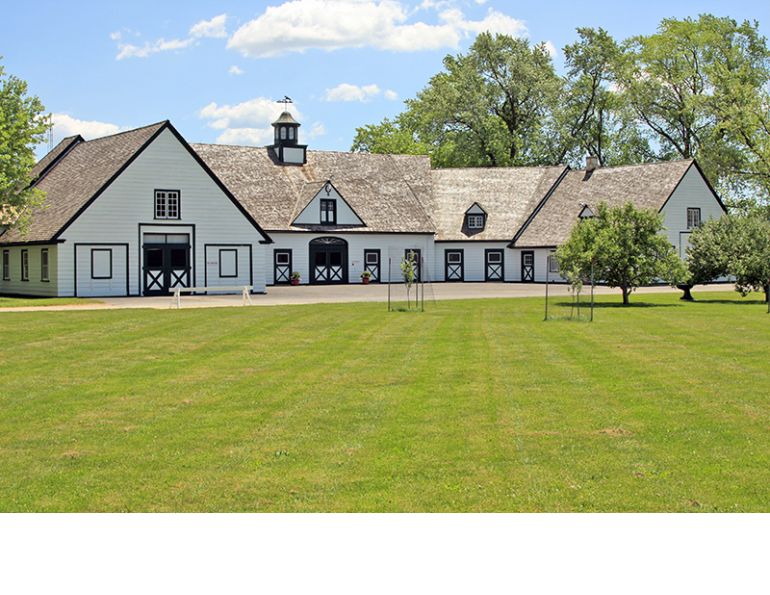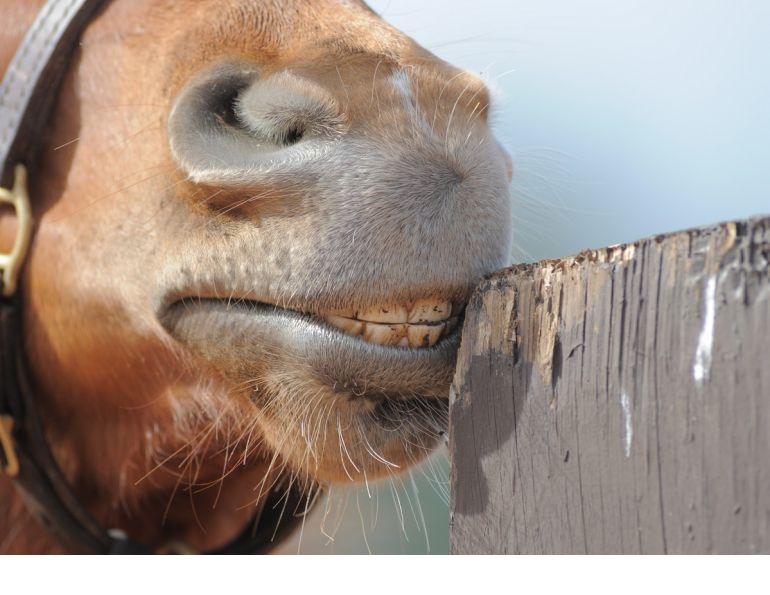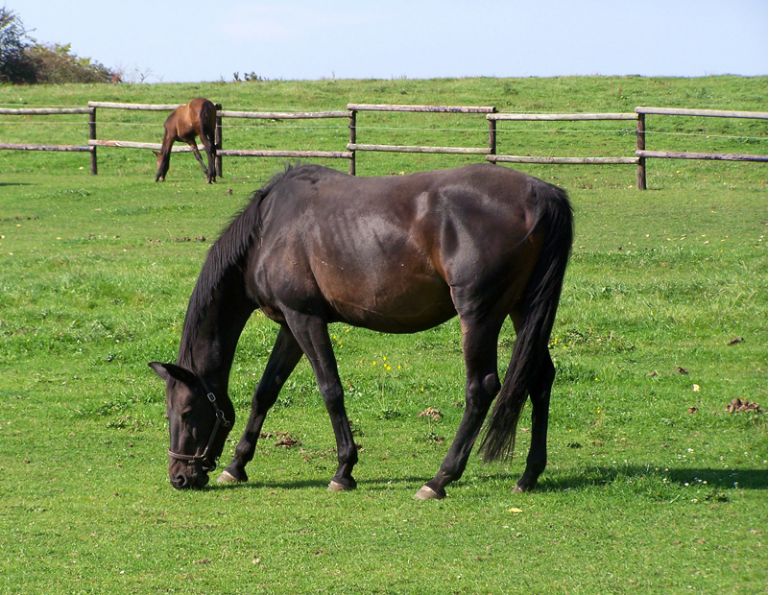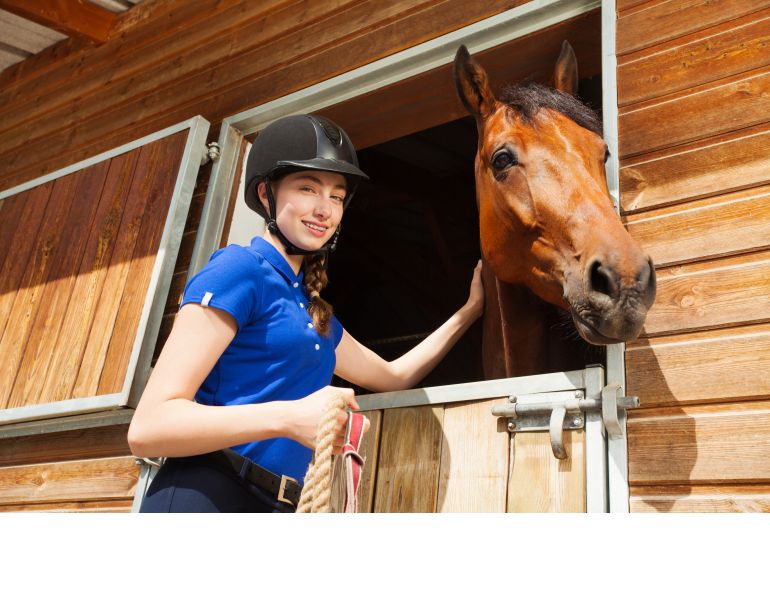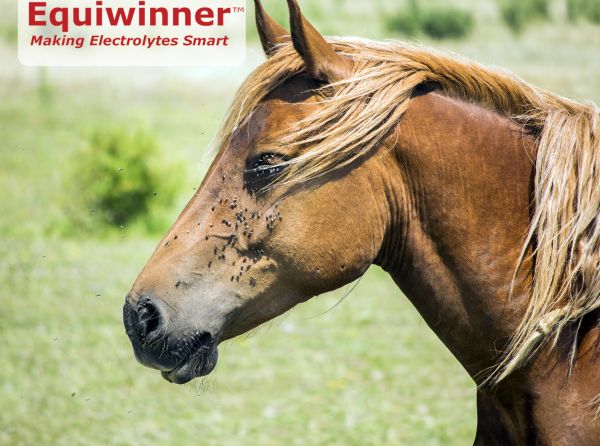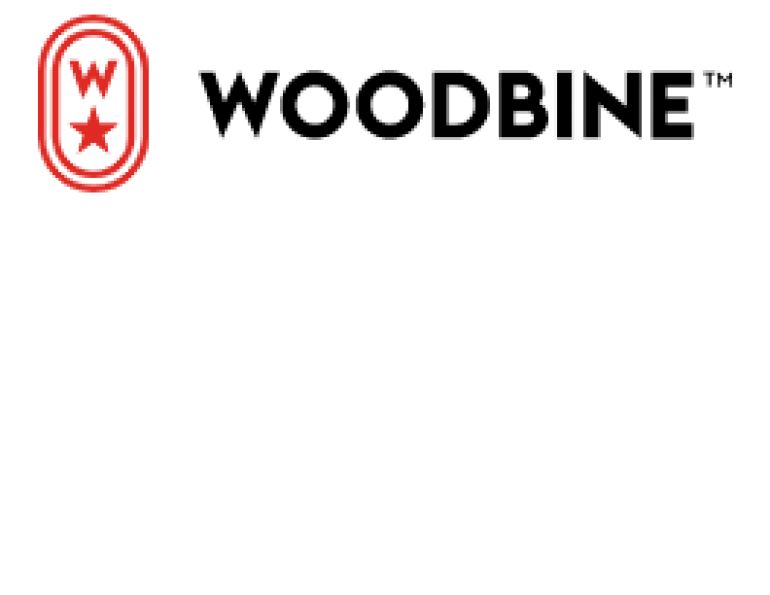By Jennifer Woodward
Purchasing your dream horse property often comes with unexpected challenges as you move from the imagined luxuries of barn life to the realities of having horses outside your backdoor. This is especially true if, like many people, you end up purchasing a home on acreage without the benefit of a complete horse set up. Often these folks end up keeping their horses at home but hauling out to a full-facility equestrian centre to take advantage of the many amenities – especially if they are on a training schedule for the upcoming competition season. What an unfortunate situation! Thankfully, with some planning and research, you can begin to build your dream property.
Creating a property plan
Looking at the overall layout of your property as it currently stands is a vital first step. Review existing buildings, fencing, driveways, topography, water and power sources, property line setbacks, and weather patterns. Try to look at your property from all angles – walk the perimeter, pull up your address on Google Maps, read your site survey, and research underground utilities, septic, and water. With this information in hand, it is time to start looking at how to make this property your own. This process is often referred to as creating a property plan.

A satellite image of your property, although usually not of the highest quality, will give you another view of the overall layout of your land, buildings, driveways, and fence lines. Utilize this view to map out your current horse zones as well as areas you hope to build on in the future. This is another good opportunity to identify unusable areas. Photo courtesy of Jennifer Woodward
Take into consideration not only your current number of horses, their care requirements, and your current activities, but also your short, medium, and long term goals. Create your property plan in a manner that will allow for continued improvements and growth, building upon the existing situation to eventually achieve your long range vision. You may think of this in terms of one, five, and ten year goals. It is important to have a basic idea of what you want to achieve in year ten so that you don’t build something in year one that will just have to be torn down...wasting time and resources.
Consider the weather
Looking at natural water run-off, bog areas and seasonal springs, dry areas, snow drift locations, prevailing winds and storm direction, etc. will help you consider where, and where not, to build your new facilities. Plan your layout to maximize sun and protection from wind, wet, and cold in the winter, and to take advantage of shade and cool breezes in the summer.
Talking to the previous owners and your new neighbours will provide valuable insight into the year round weather considerations. This is especially important if you are purchasing your property during the summer when potential winter dangers are hidden, as Mary P. learned. “We dug the holes for our barn poles in what seemed to be an ideal location. Shortly before beginning to build we learned from a neighbour that our barn would be in the middle of the major spring melt drainage area on our property. If we hadn’t spoken with our neighbour our barn would have been flooded come spring. We moved the location of our barn and are very happy with the outcome.”

When buying or developing property, study the lay of the land from a seasonal perspective. Consider things like natural water run-off, seasonal wet or dry areas, prevailing winds, storm direction, and where the snow will drift.
Create safe travel routes around your property - what may work in one season might become a treacherous path during other seasons. If you will be utilizing various buildings for your horse care needs, make sure you have a safe path of travel from building to building regardless of weather conditions. Having a plan for walking horses between your facilities, stalls to pasture, paddock to arena, etc. during ice and mud conditions will help keep both you and your horses injury free. For especially challenging areas, bringing in special footing such as rock, sand, or even shavings can make all the difference.
Optimize the existing features
Identify potential reutilization of existing buildings and fence lines. Oftentimes a bit of a rebuild will allow existing buildings to be repurposed for your needs. This is especially helpful if the buildings already have power and water. It is important to examine the structural integrity of both buildings and fences prior to use. Dayna B., a new horse property owner, learned this the hard way: “I wish I’d known about the fence...what to look for regarding how the fence boards are facing and for fence rot. Our fence is falling apart all over the place from rot.”
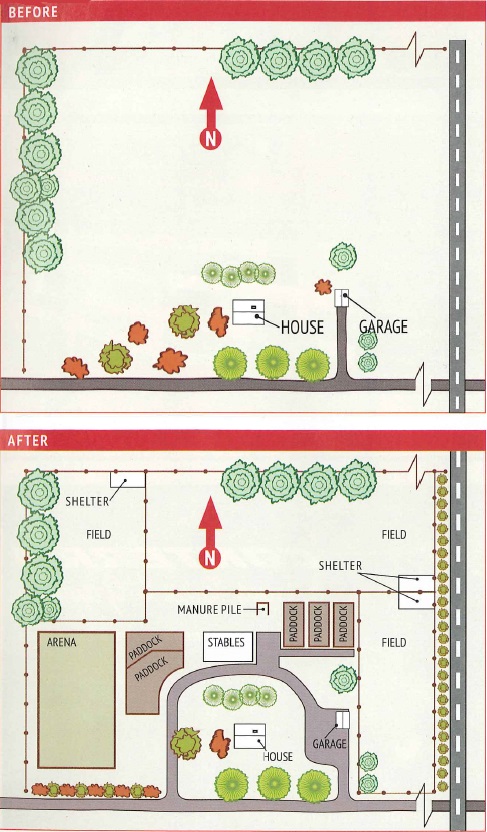
Create your site plan, taking into consideration slope of the land, septic, buried lines, existing buildings, and future goals.
Look at all of your location needs including stalling, grooming, hay storage, tack storage and even trailer parking in relation to what is currently existing on your property. Can the equipment shed be transformed into hay storage? Perhaps the pump house (which has water and power!) is located conveniently near your horse activities and an addition would make a spectacular tack storage/grooming bay. Take the time to visualize the potential of your property.
Make use of the land
Identify the best locations for pastures - taking care to make sure no one area will be overgrazed. If your pasture space is minimal, setting up a rotation system will be vital to manage your land. Plan your pasture management through snow, ice, mud, and dry. Horse property real estate expert Ron Rogers suggests: “Make sure you have enough irrigated pasture and the correct irrigation equipment.” Your pastures will turn into dry lots in short order without some form of irrigation.
Setting up your pastures is another good time to ask the former owners and neighbours for the history of the land uses. Dayna B. found herself dealing with horse injuries: “The biggest thing though [in setting up our horse property] was what was out in the pasture prior...due to burn spots being uncovered with each rain I have had injuries due to nails and steel coming up in the dirt!”
Manure management is another important consideration when planning your property layout. Some properties may be better suited to a composting situation, whereas others may benefit most from utilizing a manure spreader. The management program you choose should adequately address not only the quantity of manure your horses produce but also pest and odour control.
Build to suit
Often, even after making the best use of the existing property structures, you’ll want to build new buildings to meet your needs. From basic hay storage to complex indoor arenas, the options are endless.
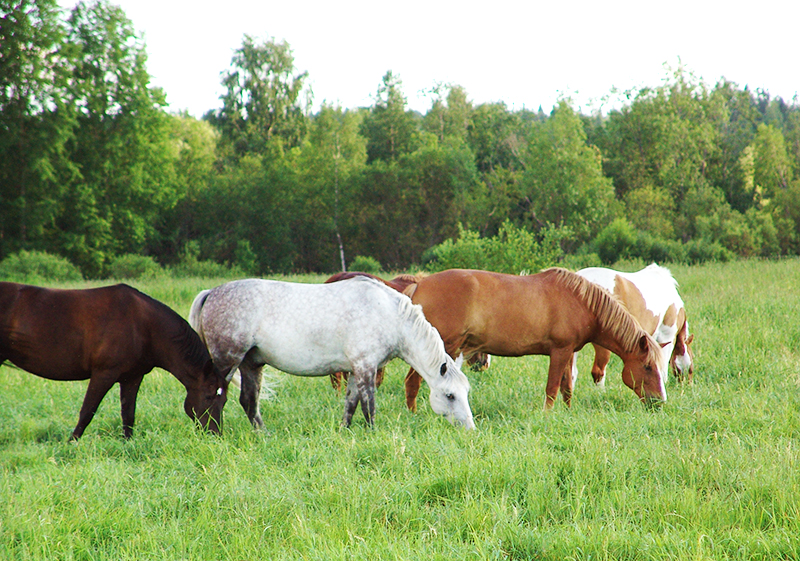
Your pasture management plan should consider irrigation, number of horses per acre, and land availability. A rotation system may be necessary to keep your pastures in good condition.
Be sure to take your time and consider your long range goals as you make improvements to your property. If you are like most people, creating your dream horse property will be an ongoing process over years as funds become available and as your horse activities increase (or decrease). Renew your vision at least annually, changing your plans as you learn about your land and yourself as a horse property owner.
Be courteous
In addition to making sure your buildings are legal with all of the local authorities, as a common courtesy, take your neighbours into consideration when building. Simple things like making slight adjustments to building positioning to save their view or even making sure your compost and manure piles are downwind from them goes a long way to preserving relationships.
If you’re like many people, you’ve dreamed for years of having your horses right outside your backdoor. As Dayna B. put it, “I love my horses always being there for riding or just to talk to as well as just to look at. The 24/7 security of knowing how they are [doing] is priceless.” Plan carefully as you develop your horse property...set it up so that you get the maximum enjoyment from your horses for years to come.
Jennifer Woodward was blessed with parents who filled their horse-crazy daughter’s life with horses since before she could walk. With regular hunter-jumper lessons and competition starting at age three through her teen years, then a transition to Western riding and colt starting in her twenties, followed by problem horses and delving into the aspects of natural horsemanship, Jennifer has a wide range of experiences to draw upon.



